Toyota's Plug-In Hybrid
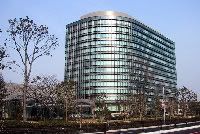
Not everyone agrees with me on this, but I find this product — and the timing of its launch — a considerable snooze. Toyota could have had a plug-in hybrid with 30 – 50 mile electric-only range in the market many years ago. Why didn’t they? Because it wasn’t in their interest to do so. They were already perceived as “green” (with the Prius), and there was nothing in it for them to move this along until they absolutely had to.
This offering is good for Toyota in every way. The small battery pack will be easy to build, support, sell – and ultimately replace with new technology as soon as it comes along. The fact that most drivers will be disappointed in that they will continue to use gasoline on a daily basis is apparently not a significant part of the equation.
I’m reminded of shopping at Costco, the experience of which always leaves we thinking: I’m not buying what’s good for me; I’m buying what’s good for Costco to sell me – whatever they can source inexpensively, and sell in quantities that are almost always far greater than its customers want. Need a canister of salt? Think you can get it at Costco? No, if you want salt, you get a 25-pound sack – sufficient to last a family of four about 30 years.
But is it fair to expect altruism from Toyota — or any other corporation, when their sole purpose is to make money? Today’s corporate titans think of themselves as “customer-focused,” though that’s for business reasons, not out of true concern for fulfilling customers’ needs. If that weren’t the case, we woudn’t have planned obsolescence — products that are built to wear out and fall apart, necessitating replacement by new ones.
The bottom line is this: at the end of the day, electric transportation will not come from the “push” of the OEMs; the only thing we have going for us is the “pull” from customers like me (and, I hope, like you) who simply refuse to buy another 25 MPG planet-buster.

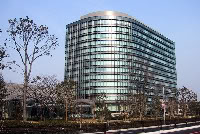

 I don’t think too many of us had high hopes for definitive negotiations emanating from Copenhagen. Today we learned of China’s announcement that the developing world won’t commit to greenhouse gas emissions reductions until the developed world leads the way – a stalemate that is regrettable but hardly surprising.
I don’t think too many of us had high hopes for definitive negotiations emanating from Copenhagen. Today we learned of China’s announcement that the developing world won’t commit to greenhouse gas emissions reductions until the developed world leads the way – a stalemate that is regrettable but hardly surprising.
 In a typical week, I receive half a dozen or so business plans with requests for funding. I find all of these intriguing in one way or another — even the ones that I can see instantly have no chance.
In a typical week, I receive half a dozen or so business plans with requests for funding. I find all of these intriguing in one way or another — even the ones that I can see instantly have no chance.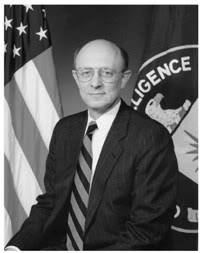
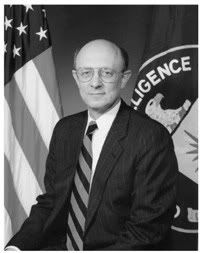 I don’t know the extent to which most readers are aware of the frequent comments of Dan Conine, whom I would characterize as irreverent but incredibly bright. Here, in response to my piece on
I don’t know the extent to which most readers are aware of the frequent comments of Dan Conine, whom I would characterize as irreverent but incredibly bright. Here, in response to my piece on 
 I want my
I want my 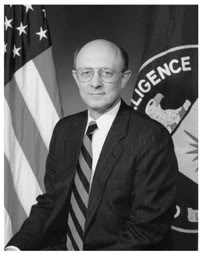
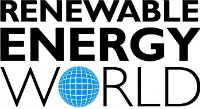
 In my quest for a well-balanced presentation of clean energy in my
In my quest for a well-balanced presentation of clean energy in my 
 I’m always delighted when I come across supporters of the idea that I’ve referred to as the “level playing field” for renewable energy. That is, I’m not asking for a subsidy for solar, wind, geothermal, etc. Rather, I’m asking that producers and consumers of fossil fuels simply pay the full cost of these forms of energy, including the costs of healthcare (caring for victims of the mercury, arsenic and other pollutants that cause lung damage and birth defects) as well as cleaning up the vast environmental damage. If we were somehow able to get such a system in place, we’d make the migration to renewable energy in the blink of an eye.
I’m always delighted when I come across supporters of the idea that I’ve referred to as the “level playing field” for renewable energy. That is, I’m not asking for a subsidy for solar, wind, geothermal, etc. Rather, I’m asking that producers and consumers of fossil fuels simply pay the full cost of these forms of energy, including the costs of healthcare (caring for victims of the mercury, arsenic and other pollutants that cause lung damage and birth defects) as well as cleaning up the vast environmental damage. If we were somehow able to get such a system in place, we’d make the migration to renewable energy in the blink of an eye.
 When I was a little boy, the concept of the domino effect occupied a large and scary part of the national consciousness. For those too young to remember, the idea at the time was that, if one country in Southeast Asia fell to communism, then surrounding countries — like tumbling dominos — would as well.
When I was a little boy, the concept of the domino effect occupied a large and scary part of the national consciousness. For those too young to remember, the idea at the time was that, if one country in Southeast Asia fell to communism, then surrounding countries — like tumbling dominos — would as well.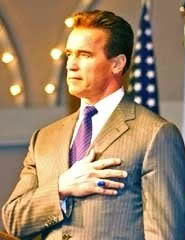
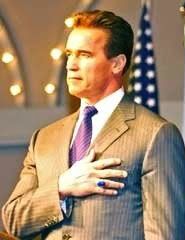 A quick comment on California’s governor
A quick comment on California’s governor